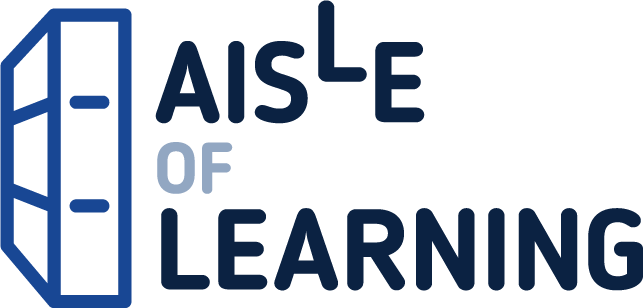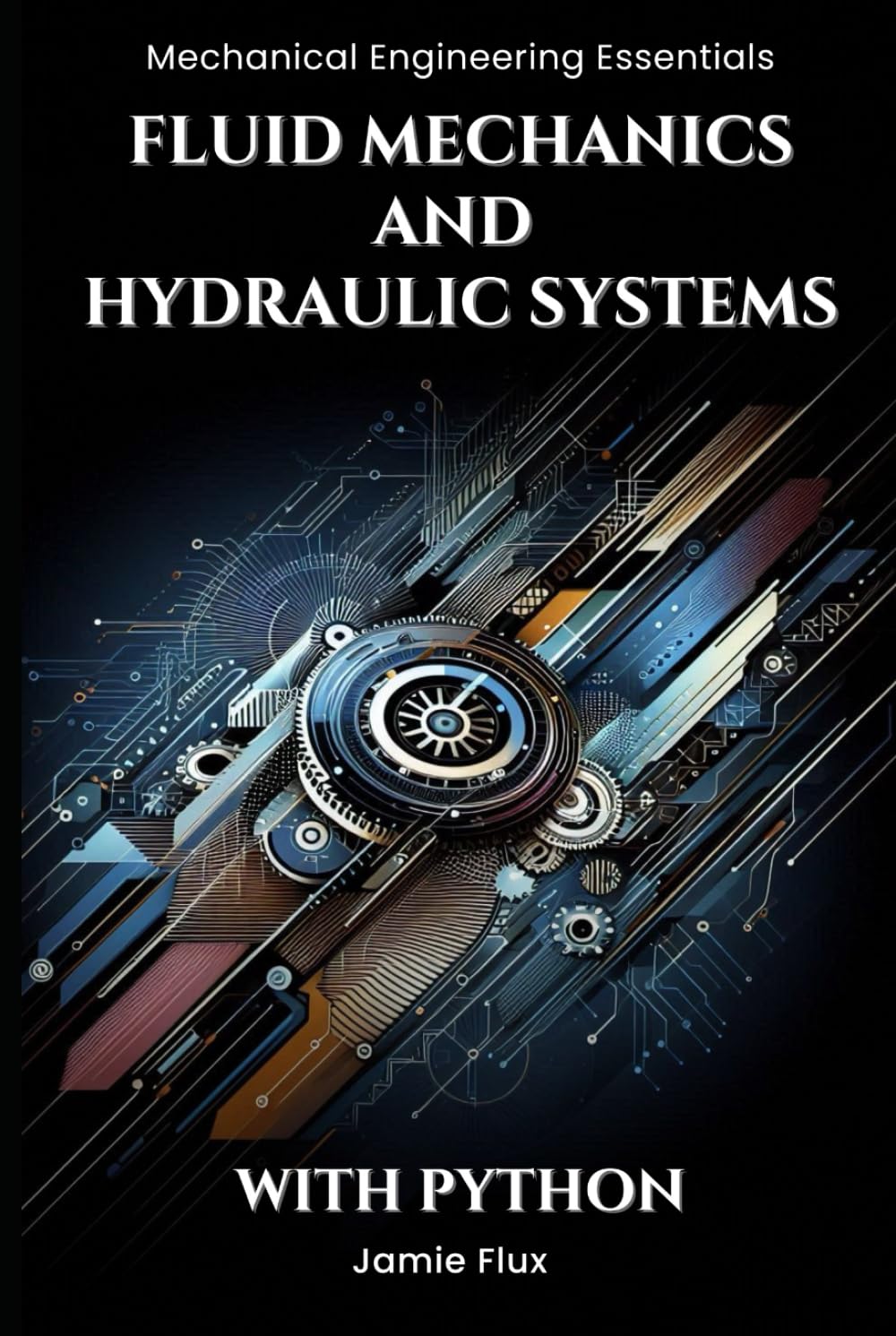Key Features: – In-depth exploration of fundamental and advanced fluid mechanics concepts. – Practical Python code examples to reinforce theoretical understanding. – Multiple-choice questions for each chapter to test your knowledge and track your progress. – Detailed chapters offering a balanced mix of theory and real-world applications. Book Description: This book delves into the core principles of fluid mechanics and hydraulic systems, structured to offer a detailed examination of key topics ranging from basic principles to advanced applications. Each chapter presents comprehensive coverage of equations and modeling techniques, coupled with practical coding examples and insightful questions to ensure a robust understanding of the material. Whether you’re getting started in the field or advancing your expertise, this book provides a valuable resource to deepen your knowledge and application skills. What You Will Learn: – Derive and apply the Navier-Stokes equations for fluid motion. – Implement Reynolds-Averaged Navier-Stokes (RANS) for turbulent flow analysis. – Understand the turbulence kinetic energy equation and its role in energy dissipation and production. – Utilize Bernoulli’s equation in advanced fluid system scenarios. – Analyze vorticity transport and its impact on vortex dynamics. – Explore potential flow theory for irrotational and incompressible fluids. – Solve the pressure Poisson equation to maintain mass conservation. – Apply energy equations for heat transfer in compressible fluids. – Leverage Euler equations in aerospace and aerodynamic applications. – Examine boundary layer theory for laminar and turbulent layers. – Delve into the conservation principles of vorticity. – Implement the K-e (K-Epsilon) and K-o (K-Omega) turbulence models. – Predict boundary layer structure using the momentum integral equation. – Understand the dynamics of cavitating flows in hydraulic systems. – Model multiphase flow behavior in complex systems. – Derive isentropic relations for steady, compressible flows. – Analyze hydraulic jumps in open channels for effective energy management. – Grasp hydrodynamic stability theory for fluid interface analysis. – Solve exact solutions for laminar flow Navier-Stokes equations. – Model wave motion equations for fluid systems. – Optimize fluid distribution in pipelines using network analysis. – Apply stream functions and complex potential in two-dimensional flows. – Assess flow-induced vibrations and their effects on structures. – Theorize inviscid irrotational flows for ideal fluid modeling. – Navigate different flow regimes using the Mach number in compressible dynamics. – Simulate non-Newtonian fluid behavior in engineering contexts. – Investigate shock wave and expansion fan dynamics in supersonic flows. – Explore flow dynamics in porous media for civil engineering applications. – Evaluate heat exchanger performance using advanced mathematical models. – Analyze viscoelastic fluid responses under strain. – Assess stability in two-phase flow regimes. – Conduct surge analysis for hydraulic systems to mitigate pressure surges.
Fluid Mechanics and Hydraulic Systems (Mechanical Engineering Essentials with Python)
$59.99
This textbook provides advanced instruction on fluid mechanics and hydraulic systems for students studying mechanical engineering.







Reviews
There are no reviews yet.